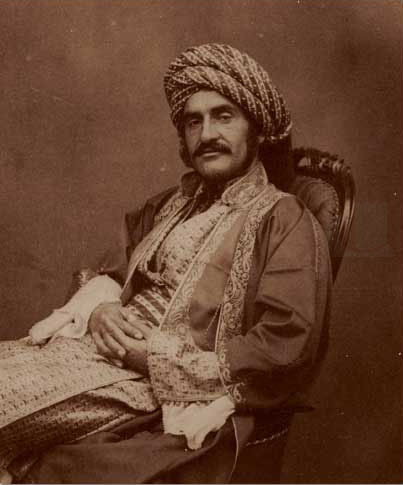Sippara, Pantibibla, Book Town
“It was as Kur(?)-nigin-gára, “the god who makes the palace (of the setting sun),” that the Sun-god of Larsa seems to have been known to his worshippers in pre-Semitic days.
But when the Accadian was superseded by the Semite, his special name was merged in the general title of Samsu or Samas, “the Sun.” He became the Baal of Larsa, who differed but little, save in the name by which he was addressed, from the other Baalim of Babylonia.
The fame of the Samas of Larsa, however, was obscured at an early period by that of the Samas of Sippara. Sippara in historical times was pre-eminently the city of the Sun-god. It was there that Ê-Bábara, the house of lustre,” the great temple of the Sun-god, had been erected in days to which tradition alone went back, and it was around its shrine that Semitic sun-worship in Babylonia was chiefly centred.
Sippara and its immediate neighbourhood had been the seat of early Semitic supremacy in Chaldea. It was, it is true, of pre-Semitic foundation; its primitive name Zimbir would show this, like the name of E-Bábara itself; and we know that Samas had once been worshipped within its walls under the Accadian title of Bábara or Birra.
But in these remote days Sippara was probably an insignificant town; at all events, the memory of later ages knew of Sippara only in connection with the empire of Sargon of Accad and the Semitic version of the story of the Deluge.
In the Old Testament, Sippara appears as a dual city–Sepharvaim, “the two Sipparas.” One of these has been discovered in the mounds of Abu-Habba by Mr. Hormuzd Rassam, who has brought from it a monument on which is carved a curious image of the divine solar disk.

Mr. Hormuzd Rassam, in Mosul, 1854.
http://en.wikipedia.org/wiki/Hormuzd_Rassam#/media/File:Hormuzd.Rassam.reclined.jpg
The other has been found by Dr. Hayes Ward in the mounds of Anbar, an hour’s distance from Sufeirah and the Euphrates.
The fragment of a geographical tablet seems indeed to mention no less than four Sipparas–Sippara proper, Sippara of the desert, Sippara “the ancient,” and Sippara of the Sun-god; but since the historical texts know of two only–Sippara of Anunit and Sippara of Samas--it is best to regard the three first names as alike denoting the same place, Sippara of Anunit, the modern Anbar.
It must have been from this Sippara that the Euphrates received its title, “river of Sippara,” since Abu-Habba is seven miles distant from the present bed of the stream.
In the close neighborhood of this double Sippara, Sargon built or restored the city to which he gave a name, and from which the whole of northern Babylonia received its title of Accad. It is called Agadhé in the non-Semitic texts, Accad (Akkadu) in the Semitic; though whether the name is of Semitic or non-Semitic origin cannot at present be decided.
Sargon’s patronage of literature, and the celebrated library he founded in Accad, caused the district to be known as “the region of books.” A popular etymology afterwards connected the name of Sippara itself with sepher, “a book,” and the city accordingly appears in the fragments of Berossos as Pantibibla, or “Book-town.”
A.H. Sayce, Lectures on the Origin and Growth of Religion as Illustrated by the Religion of the Ancient Babylonians, 5th ed., London, 1898, pp. 167-70.
